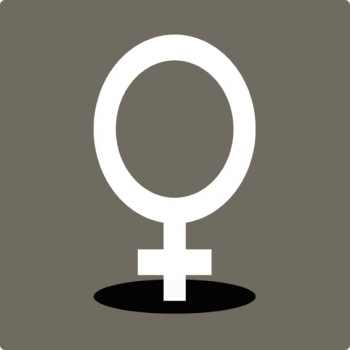

 Ethiopia: Leave No Woman Behind Joint Programme
Ethiopia: Leave No Woman Behind Joint Programme
Women in the Ethiopian region of Tigray have a tough life, with limited access to financial, medical, educational and social support systems. Many women suffer as a result of harmful traditional practices such as female genital mutilation, child marriage and abduction. The Joint Programme “Leave No Woman Behind” was created to empower women and girls through health and business education, literacy training and better access to loans and reproductive services.
The programme used an integrated approach to empower its beneficiaries, testing and scaling-up pilot projects in different regions of the country. It comprised community-based components in Education, Literacy and Reproductive Health, including HIV/AIDS and Livelihood interventions targeting adolescent girls and women.
Capacity building was a central strategy of the programme, which was a Government-led initiative with sector ministries at sub-regional level implementing programme components. The technical and management capacities of local sector offices were strengthened, thereby enabling them to create quality projects, demonstrate their impact and ensure their sustainability.
Main achievements included:
- More than 51,000 citizens, of which 28,000 were rural women, participated in Community Conversations (CC) to raise awareness on the status of women and harmful practices such as child marriage. This stimulated positive responses to reproductive health, as well as interest in the education of children among poor households and in the literacy and livelihoods components of the programme. Beneficiaries also cited an increase in women’s confidence as a strong benefit from CC sessions.
- Programme participants strongly recognized prevention and reporting of early marriage as a main achievement of the initiative. Over 20 cases of early marriage were prevented in the project area, and the number of girls/women married below the age of 18 decreased from 78 in 2009 to 7 in 2012.
- Almost 53,500 community members participated in literacy classes. The literacy programme also impacted school enrollment, as women became role models in supporting their children's education, especially their girls (e.g. increased attendance of school by children, improved class performance as a result of higher attendance, and more time allowed by parents for children to complete their homework.) The number of children dropping out of school in the project area fell from 5,770 in 2009 to 1,658 in 2012.
- A total of 17,376 women gained access to credit services during the project period, while 24,795 obtained access to savings services. More than 19,000 women were reported to be saving regularly.
- A total of 19,347 women undertook Income Generating Activities (IGAs), and a total of 69,484 girls and women were reached by peer educators about IGAs. These activities helped women diversify their livelihoods and increase their income. Literacy training helped women make records of their projects, and some women were able to balance their financial books after numeracy training.
- The number of women and girls using health posts for services doubled between 2009/2010 and 2012, reaching a total of 202,460 women and girls during the project period. The programme provided capacity-building for almost 982 Health extension Workers (HEWs) in reproductive health, HIV and gender issues. Some 350 health facilities were equipped with Emergency Obstetric Neonatal care (EmONC), among other supplies.
Click for more detailed results from the Joint Programmes in Ethiopia.




